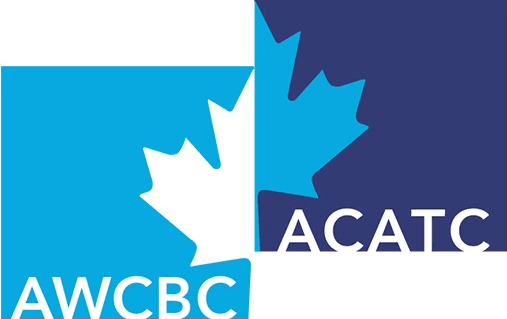Press Enter
Issue
Studies on return-to-work (RTW) have consistently identified female workers and older workers as two groups that have poorer recovery outcomes and longer absences from work following a work-related injury. Although female workers and older workers have, in general, a lower risk of work injury, the increasing number of older and female workers in the labour market, and the changing nature of hazards in Canadian workplaces have resulted in the number of injuries among both these groups to rise substantially. Although gender and age are non-modifiable factors, if we can better understand where differences between men and women, and older and younger workers occur in the RTW process; or if particular interventions of more efficacious among these groups; then this would inform the development of targeted secondary interventions to improve the recovery and economic outcomes of both these groups.
Objectives
• To better understand factors at the individual, occupational, workplace and health care provider level that mediate the relationship between age and gender/sex and RTW outcomes following a musculoskeletal (MSK) injury.
• To identify situations where gender/sex and age moderate the relationship between injury, occupational, workplace and health care provider factors and RTW outcomes following a MSK injury.
Anticipated Results
Findings from this study will provide a much needed knowledge base on which targeted interventions to improve the health and economic outcomes of older workers and female workers following a work-related injury can be developed. This work will be done in collaboration with the Canadian Centre for Occupational Health and Safety (CCOHS). In addition, all results from this study will be presented to a nine-person advisory committee consisting of leading research and policy makers in occupational health and safety in Ontario.
